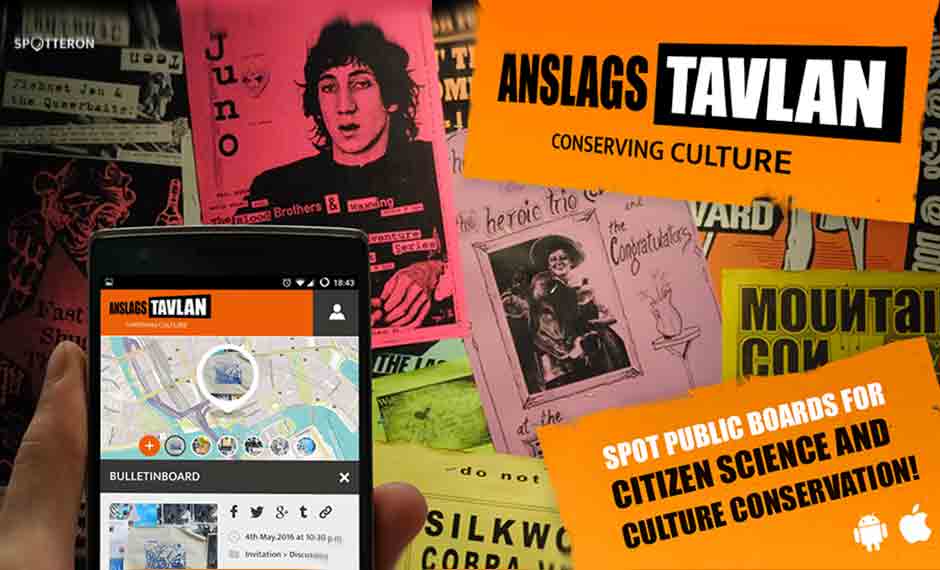What is the function of the physical notice board in the digital age? Over 1,500 pupils have been helping researchers from the Universities of Gothenburg, Stockholm and Örebro to investigate in a mass experiment involving schools across the whole of Sweden.

Results of the research show that invitations to events as well as sales and wants advertisements make up the majority of notices. Foreign languages are used for decorative as well as informative purposes and tear-off ads remain popular.
“As far as we are aware, this is the largest mapping of public notice boards to ever have been carried out,” said Christopher Kullenberg, a researcher at the University of Gothenburg, who helped to lead the mass experiment. “It is also the first citizen science project to be run in Sweden in the humanities field.”
During September 2016, pupils were tasked with photographing and documenting the contents of notices boards in their neighbourhoods, sending the data to researchers via a special app. Pupils were also asked to translate any notices not written in Swedish, as one of the research questions was to investigate how different languages are used on notice boards.
A dual purpose for foreign languages
Over third of the notices were invitations to concerts, meetings and talks. A similar number were sales and wants ads for items and services. Other categories included property rental ads, political messages and lost pets notices.
Associations were the type of advertiser that placed the most notices, followed by companies and individuals. Almost all of the notices were written in Swedish, although other languages, particularly English, are used to indicate participation in a global community.
“Immigrant languages are also used, for example, to explain how things work in Sweden, but in some cases the foreign language is used more for decorative purposes to demonstrate an international connection,” said Tove Rosendal, a language researcher at the University of Gothenburg.
Data openly available to all
All the results have been collated in a searchable database that the researchers have been analysing and will now be made available to anyone who wishes to contribute additional data or carry out their own searches.
The mass experiment is coordinated by the Swedish non-profit organisation VA (Public & Science) as part of ForskarFredag – the Swedish events during the annual science festival European Researchers’ Night. This year Researchers’ Night will be held on 29 September with activities in 30 cities around Sweden. Its aim is to arouse curiosity in research, to show how exciting research can be and to provide an insight into what it involves.
